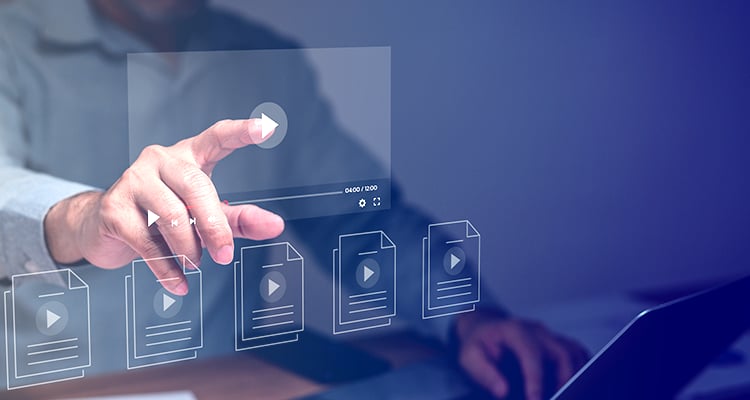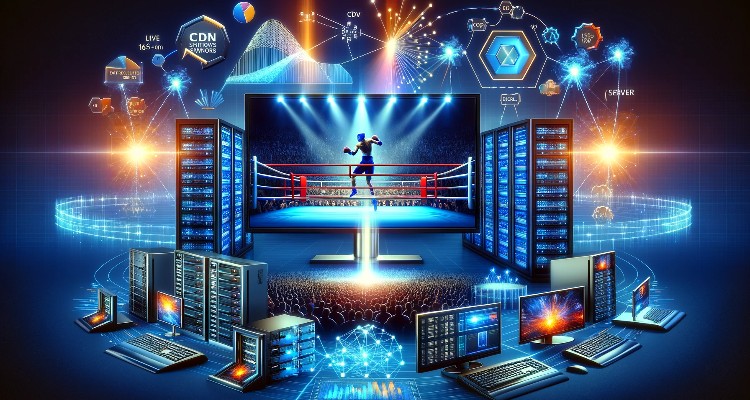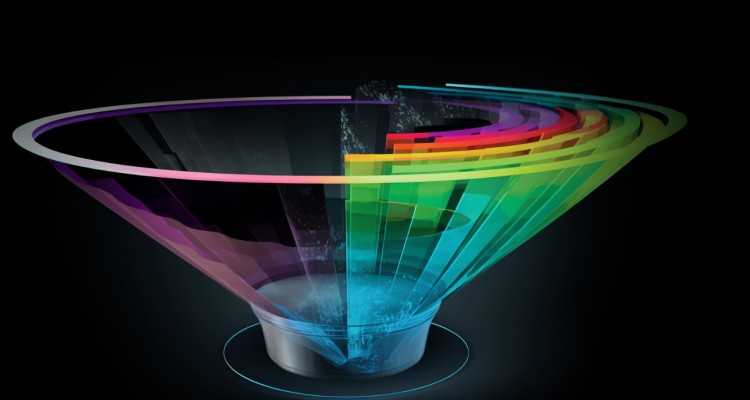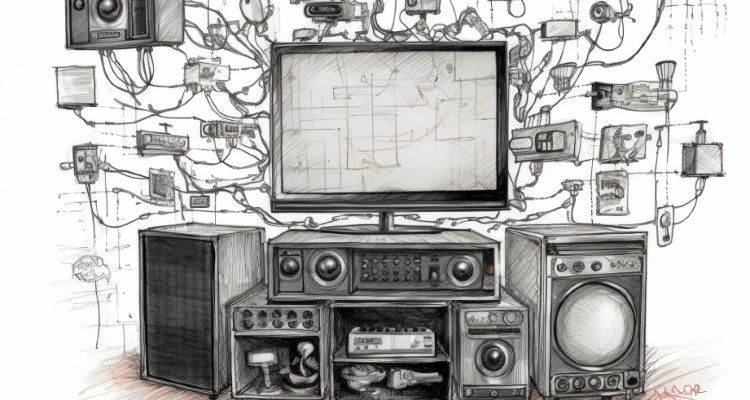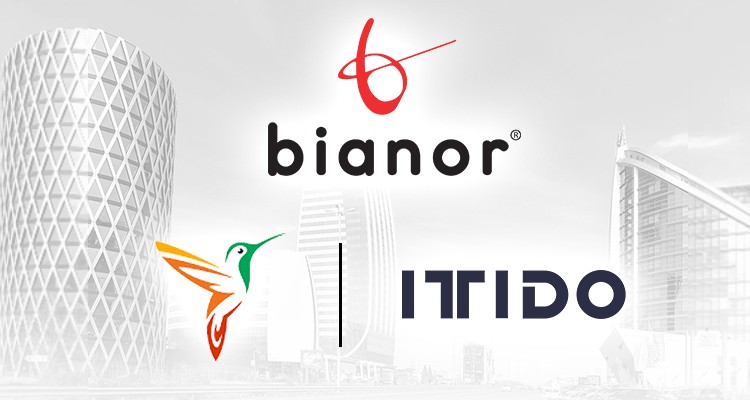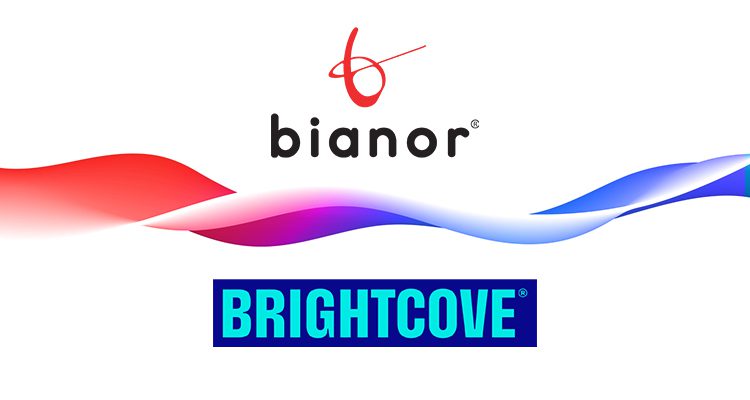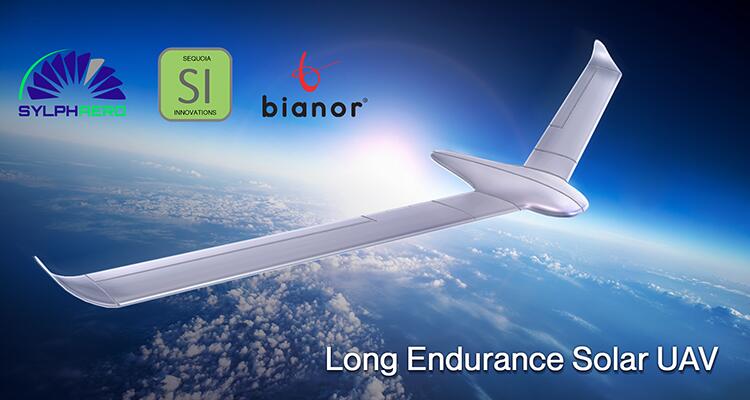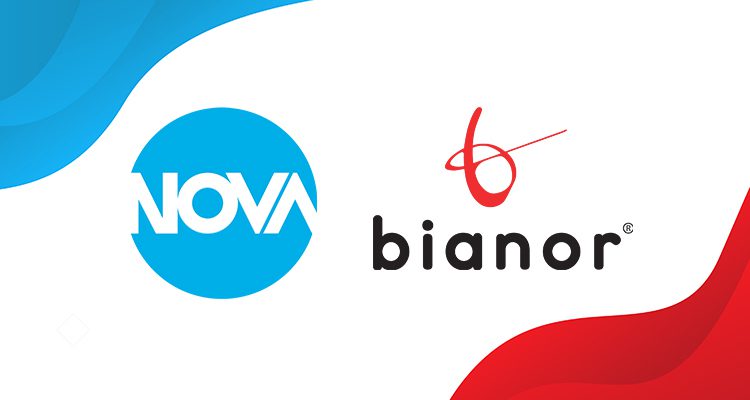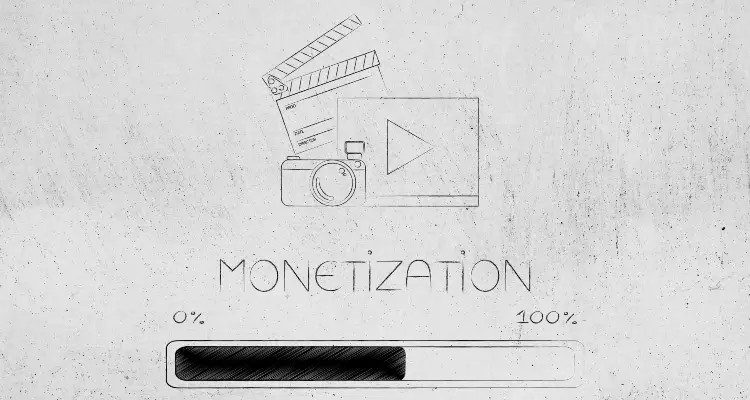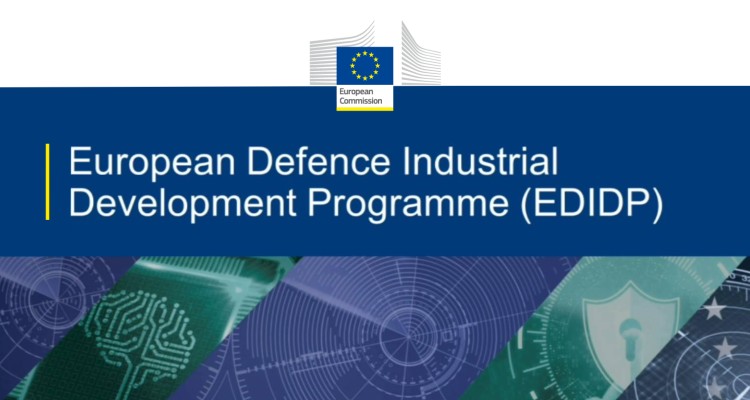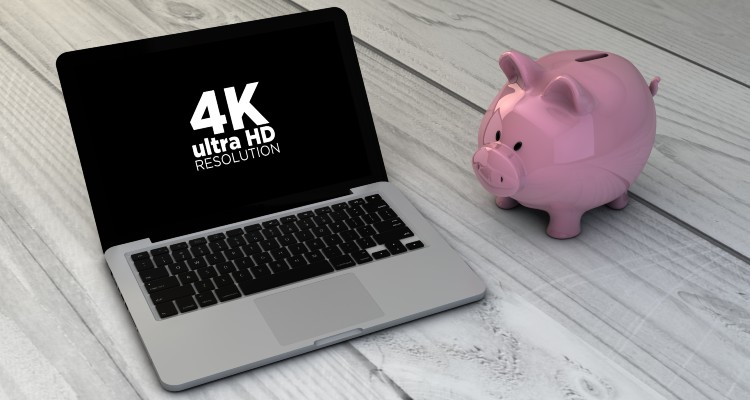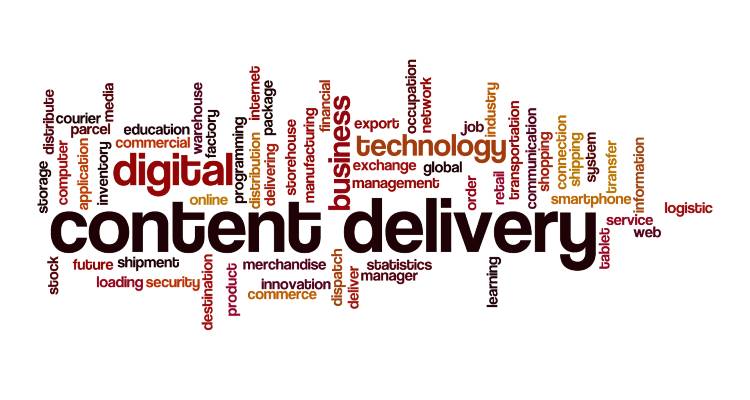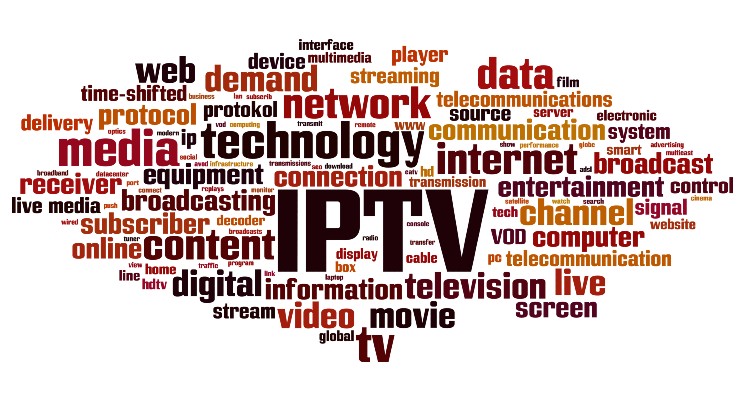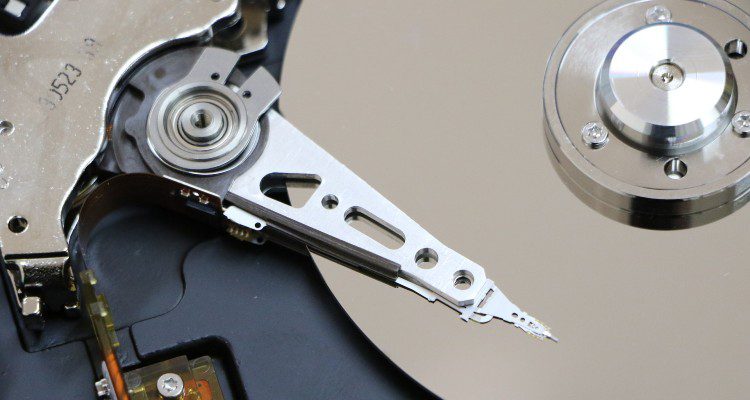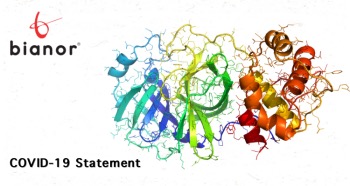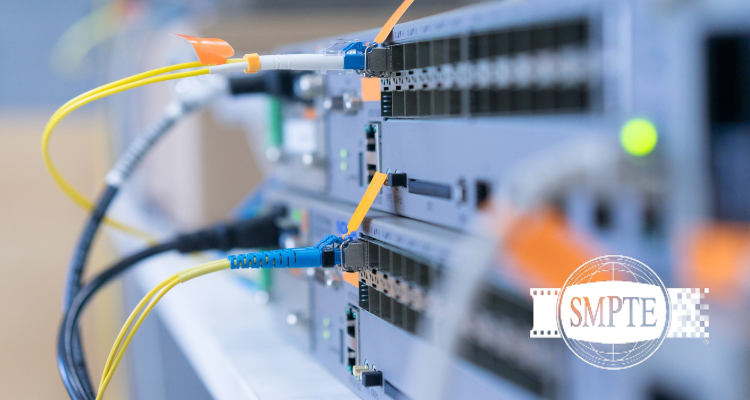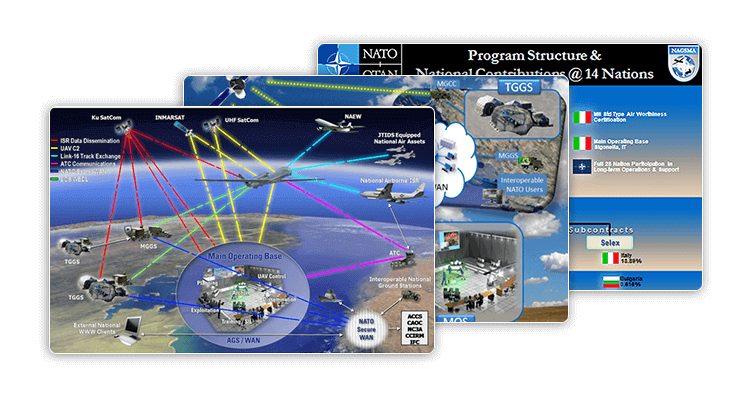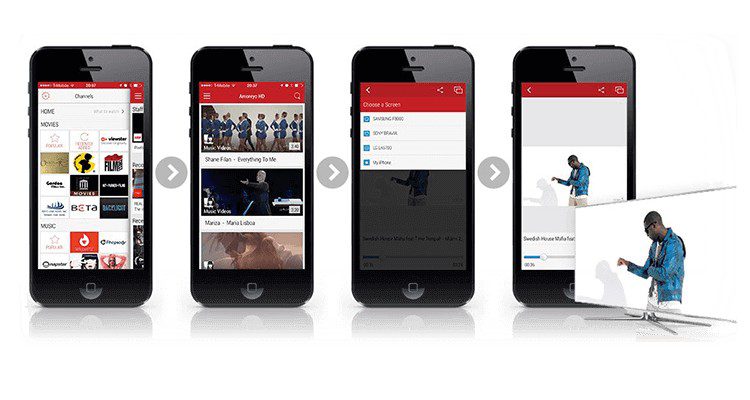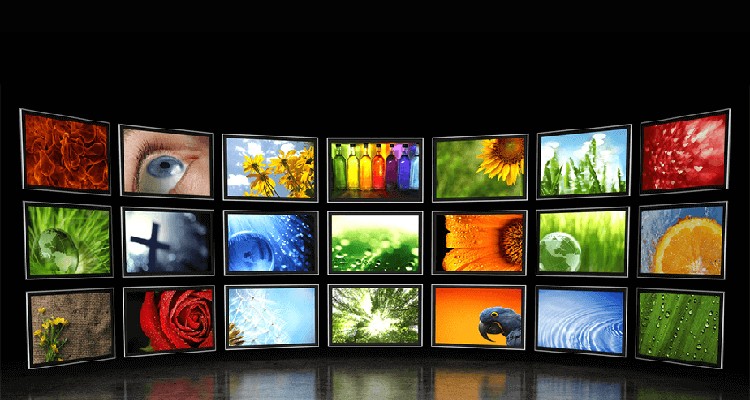Video Transcoding in OTT Streaming Platforms
Video transcoding is at the heart of the OTT video streaming process and a crucial element for the user experience.
The world of online streaming platforms hinges on seamless, efficient content delivery. Video transcoding is at the heart of this process, a crucial element that ensures viewers get a high-quality streaming experience, irrespective of their device or internet speed.
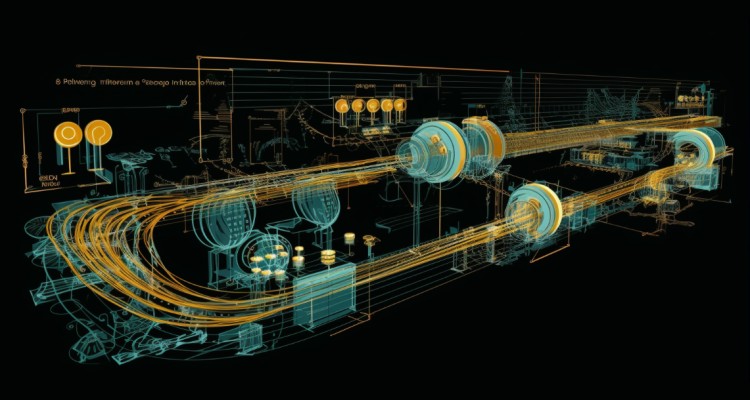
In the following lines, we will cover the major outlines concerning video transcoding in OTT streaming platforms:
- Understanding Video Transcoding
- Technology and Tools Used in Media Transcoding
- Video Transcoding and Content Delivery
- Challenges in Media Transcoding
- Impact on Video Quality
- Role in User Experience
- Transcoding Technologies Used in Popular Streaming Platforms
- Case study: Transcoding in Netflix
Understanding Video Transcoding
Video transcoding refers to converting a video file from one format to another. It involves decoding the original video file into a raw format, which is then re-encoded into the desired output format. This process is fundamental in online streaming because it ensures video files are compatible across various devices and can be streamed efficiently across different internet speeds.
Without transcoding, a viewer using a device or an internet connection incompatible with the video’s original format would be unable to view the content. Additionally, transcoding allows streaming platforms to provide a consistent viewing experience across different devices and internet speeds by converting videos into other formats and resolutions.
Technology and Tools Used in Media Transcoding
The tools and techniques used in media transcoding vary. Software-based transcoders, such as FFmpeg, are famous for their versatility and wide range of supported formats. Meanwhile, hardware-based transcoders offer faster performance by leveraging dedicated processing units. Hybrid solutions are also standard, combining software and hardware transcoding strengths.
Video Transcoding and Content Delivery
In online streaming platforms, transcoding plays a vital role in content delivery. It allows platforms to store and stream videos in multiple formats and resolutions, ensuring they can deliver content efficiently to viewers with different devices and internet connection speeds.
To further illustrate this, let’s consider the role of Content Delivery Networks (CDN) in online streaming. CDNs are a system of servers that deliver web content to users based on their geographic location. CDNs cache multiple versions of a video (each in a different format and resolution) at various server locations. When a user requests a video, the CDN delivers the video version that is most suitable for the user’s device and internet speed. This delivery would not be possible without video transcoding.
Challenges in Media Transcoding
Transcoding media for video streaming comes with challenges that can impact the quality of service and service provider’s bottom line.
Technical Challenges: Maintaining Quality, Dealing with Different Formats, etc.
The first significant challenge is maintaining video quality during the transcoding process. Due to the necessity of compression in video streaming, some loss of quality, known as generation loss, is inevitable. Dealing with different formats is another obstacle. With the multitude of devices used to consume media today, each supporting different video formats, a vast number of transcodings may be required.
Economic Challenges: Infrastructure Costs, Processing Power, etc.
From an economic perspective, transcoding requires significant computational resources, which means more extensive and costlier infrastructure. Processing power is directly proportional to the number of concurrent streams a service can support, which directly impacts the bottom line.
Impact on Video Quality
One of the most critical aspects of transcoding is its impact on video resolution and, consequently, the perceived video quality. Transcoding can adjust the resolution of video files, often decreasing it for compatibility or bandwidth reasons. For instance, a video originally in 4K resolution might be transcoded down to 1080p or 720p. This process reduces file size but can also lead to a loss of detail, which can concern viewers prioritizing video quality.
In addition, transcoding impacts bandwidth utilization. Higher-resolution videos require more bandwidth to stream smoothly. Transcoding to a lower resolution can help viewers with slower internet connections enjoy a buffer-free experience. However, it’s important to note that this process is a delicate balancing act, as decreasing resolution excessively could compromise the viewer’s experience due to quality loss.
Transcoding to split video source into multiple resolutions
Role in User Experience
Transcoding is crucial for ensuring device compatibility, which significantly affects user experience. With the multitude of devices available today, from smartphones and tablets to smart TVs and laptops, each with different screen sizes and resolutions, transcoding ensures that the video content fits perfectly on any screen.
Enhancing user experience also involves adaptive bitrate streaming, a technique that dynamically adjusts the quality of a video stream in real time based on network conditions. Adaptive streaming is only possible with transcoding, as it requires multiple versions of the same content to be available in different qualities.
Transcoding Technologies Used in Popular Streaming Platforms
Each streaming giant employs its suite of transcoding technologies. Netflix, for example, utilizes complex algorithms to optimize video quality for each scene, ensuring viewers have the best possible experience. On the other hand, YouTube uses adaptive bitrate streaming, transcoding each video into multiple resolutions to accommodate varying internet speeds. Amazon Prime Video utilizes similar technology, focusing on delivering high-quality viewing experiences even in low-bandwidth scenarios.
Case study: Transcoding in Netflix
Netflix, a global leader in streaming video content, relies heavily on media transcoding to provide an optimal viewing experience to its over 200 million subscribers.
Transcoding for Optimum User Experience
To cater to various devices, network conditions, and personal preferences, Netflix uses transcoding to create multiple video versions. According to the company, their platform transcodes each video into about 120 different versions (Netflix Technology Blog. “Per-Title Encode Optimization.”). These versions are encoded at various resolutions and bit rates to accommodate the viewer’s device capability and internet speed. This practice is known as Adaptive Bitrate Streaming (ABR), and it ensures a seamless viewing experience regardless of varying network conditions.
The Impact on Netflix’s Success and Customer Satisfaction
Transcoding plays a pivotal role in Netflix’s success and customer satisfaction. Using ABR, Netflix reduces buffering and provides high-quality video, leading to a superior viewing experience. It also allows Netflix to cater to markets with lower-bandwidth internet, broadening its potential user base. According to a survey, 34% of respondents said they would cancel their subscriptions if they faced regular buffering issues.
Conclusion
The dynamic business of video streaming demands constant technological development to meet the increasing user requirements for an optimum experience. Obviously, video transcoding is an essential piece in the puzzle of streaming. We believe this article helped enlighten some of the hidden but critical elements in this field. At Bianor, we are always at your disposal to help you learn more about these technologies. Don’t hesitate to contact us and discuss any video streaming-related topic.
Video Streaming Lifecycle
Download Bianor’s white paper to learn more about the five most crucial components of video streaming lifecycle.



